The plan is to head back next year and have another go - who knows, maybe there will be hundreds then!
|
That was the scientific finding of our grand wasp hunt. There really are a lot of flies in the desert! Last week, Mustard and I set off to the north-eastern corner of South Australia to find a rare wasp. The 4WD was rearing to go, the weather was as perfect as you can expect from the middle of Australia in Summer (ie. hot, dry and hot) and we were filled with optimism as we set off from Adelaide and headed north. We were headed north of Maree, near Lake Eyre and the Strzelecki Regional Reserve. The furthest north we drove was to Innamincka, not far from the NT/QLD borders. There was a lot of driving along dusty dirt roads, across flat dry desert country. We saw lots of cows, emus and a dingo! In the evenings we set up our light trap to attract the nocturnal wasps. No one really knows why insects that fly at night are attracted to light, but it definitely works! Our light trap consisted of big white sheets tied to the 4WD, and a really bright light strung up in front of it. There were HEAPS of insects that came to the light after the sun set. Lots of different types of moths, a lacewing from the family Ascalaphidae, a rather large mantid, and some pretty cool beetles. Unfortunately, despite having many different insects pay us a visit, there was not a single one of the wasps we were after. What this means, we can't really say. They were last collected there 25 years ago during the same time of the year. Perhaps with different weather conditions, they are flying at a slightly different time this year? Perhaps it's just been a bad season for them? Perhaps they have gone extinct in the last 25 years due to a changing environment or climate, or unknown pressures on them, their hosts, or their host food plant? It's impossible to prove any theory as to why we didn't find the wasps during our field trip. The plan is to head back next year and have another go - who knows, maybe there will be hundreds then!
2 Comments
Next week we're heading up into the dessert on a quest to find the elusive orange and black Megalohelcon ichneumonoides... a really big wasp. This isn't strictly related to my PhD, but it can be fun to do some side projects along the way. Going on a field trip requires a fair bit of organisation, which is what Mustard and I have been up to the last couple of days! The specimens of Megalohelcon ichneumonoides in the University collection (picture above and below) are from 1991... so they're too old to get much usable DNA out of. DNA degrades over time, so to be able to use the DNA for reconstructing evolutionary relationships a long way back into the past, we'll need some fresh specimens preserved in ethanol. To find out how we extract the DNA, head over to our citizen science project blog! These wasps are really rare, but we're heading up to Marree, South Australia, to look in the same locations these original specimens came from 25 years ago. Hopefully they are still there! Heading out on a remote trip requires some special gear, including a satellite phone and GPS as we won't have any mobile phone reception.
Stay tuned to hear about our adventures next week! You might remember a couple of weeks ago we set up some malaise traps for catching wasps. Two weeks later we went to see what we'd found! Mustard and I spent hours and hours at the microscope sorting through a lot of insects. We weren't very successful at catching many of the microgastrine wasps that we're studying, but we did find one specimen right at the end of the third bottle! Although we didn't find many of our wasps, we did find some pretty awesome wasps that we wanted to share with you! These guys below are in the family Chrysididae and are parasitoids or cleptoparasitoids of other wasps or bees. Head to our citizen science website to learn about parasitoids. Cleptoparasitic wasps such the Chrysididae lay their eggs inside the nests of unrelated wasps or bees, where the baby Chrysidids eat the host young and the food the host provided for them. They are iridescent due to the structural surface of their exoskeleton... and super pretty! The true bug (Hemiptera) below is super weird and super awesome. We're not entirely sure what family it is from - do you know? Let us know in the comments!
|
AuthorPhD student and her trusty dinosaur explore the world of science. Check out our Citizen Science Project, The Caterpillar Conundrum! Archives
July 2016
Categories
All
|
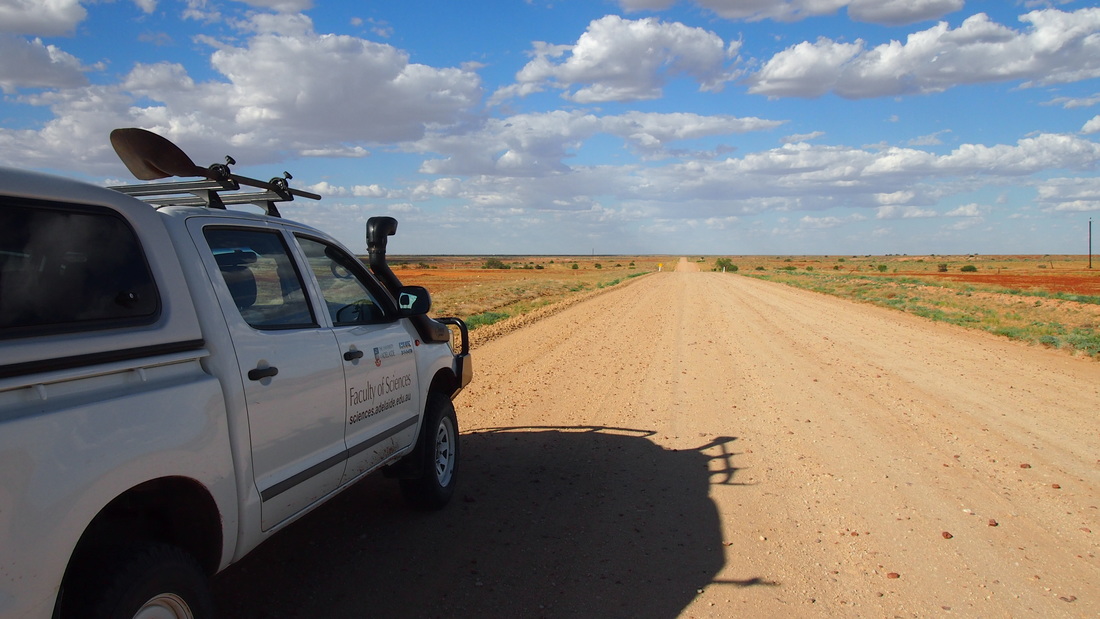
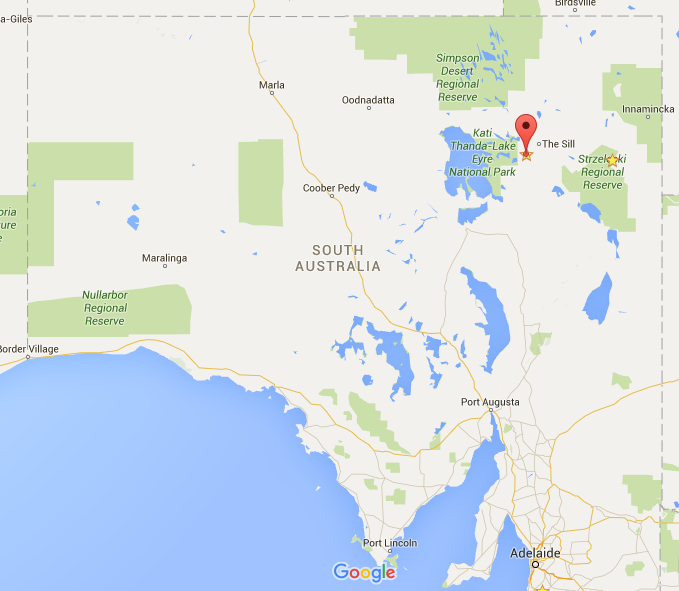
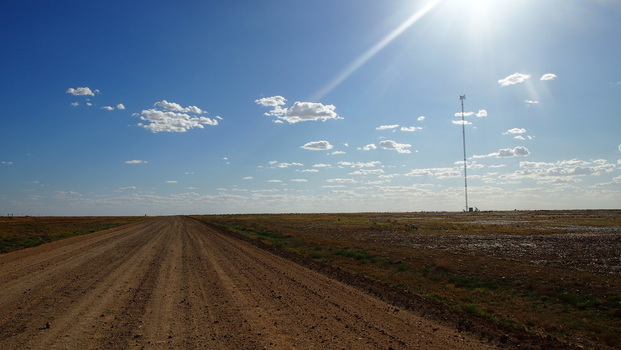

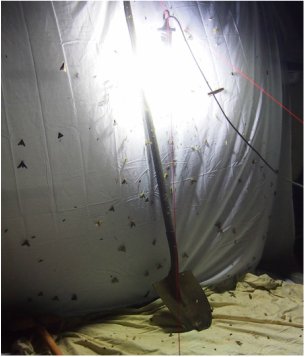
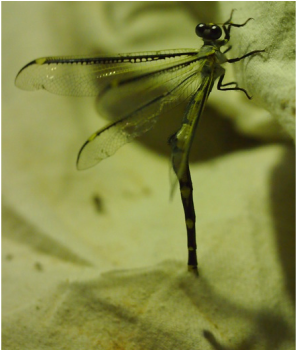
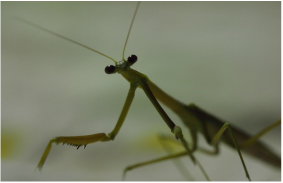
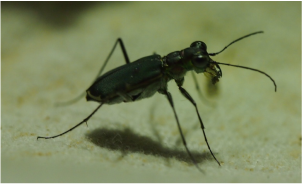
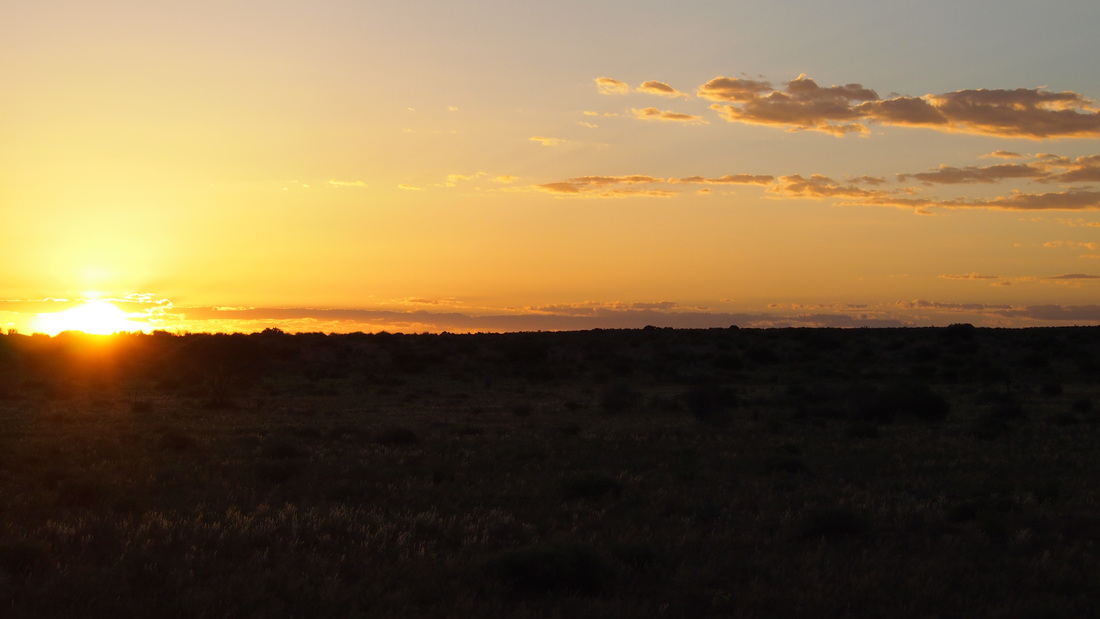
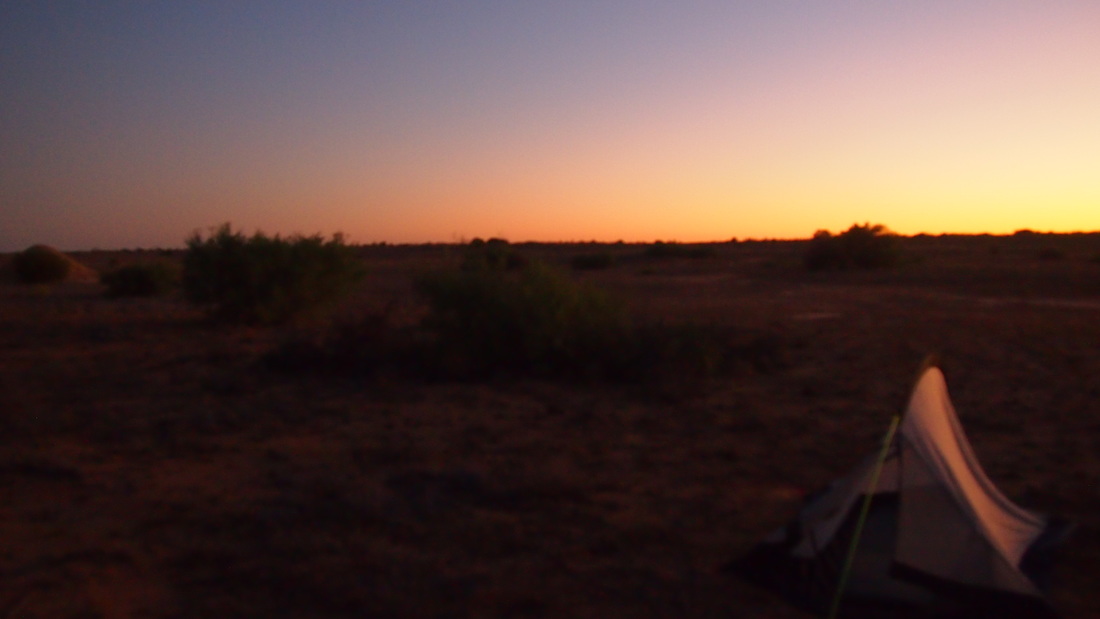
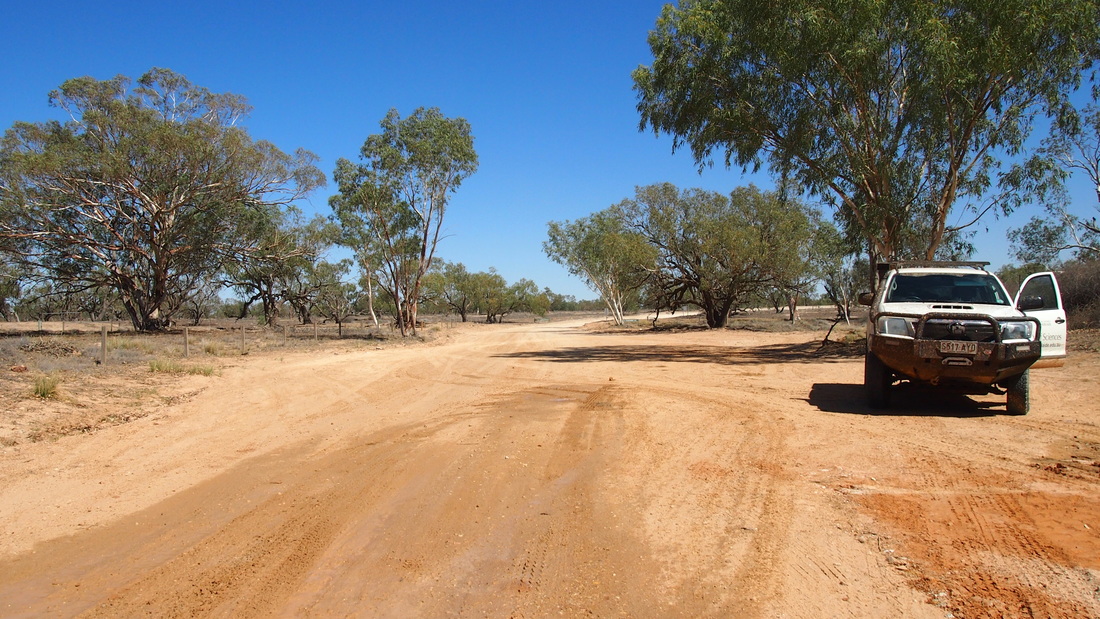
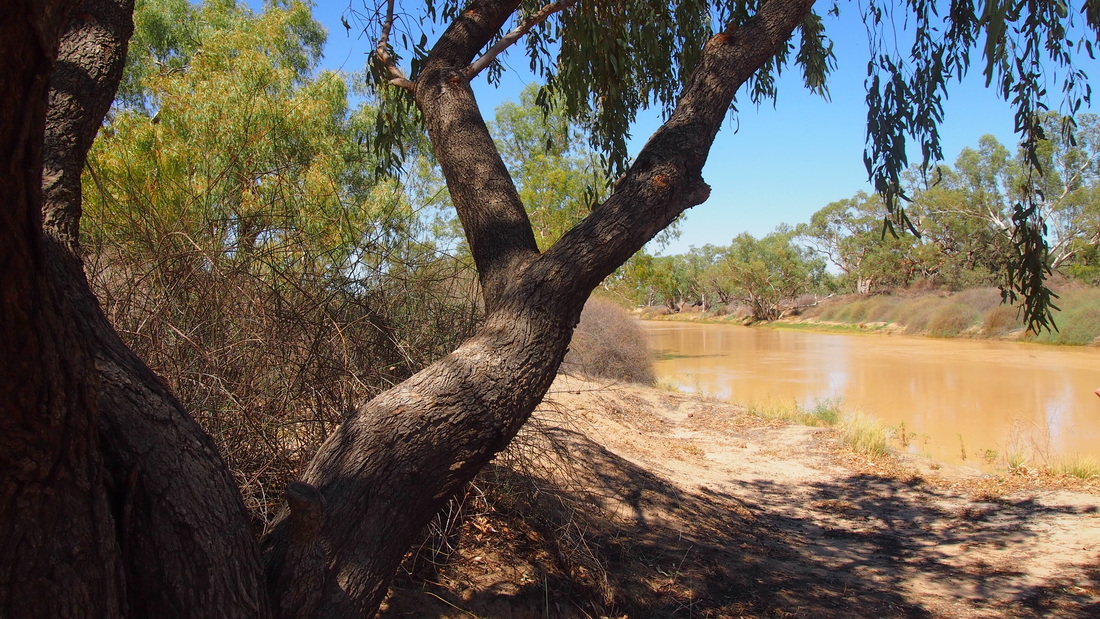
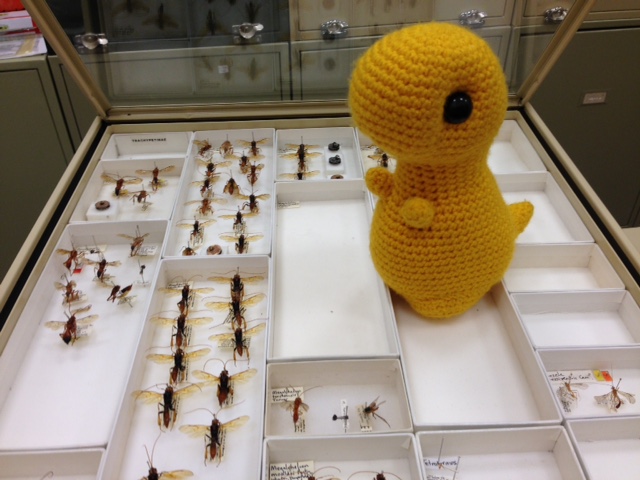
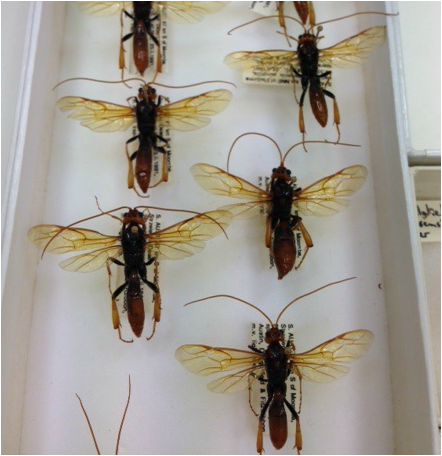


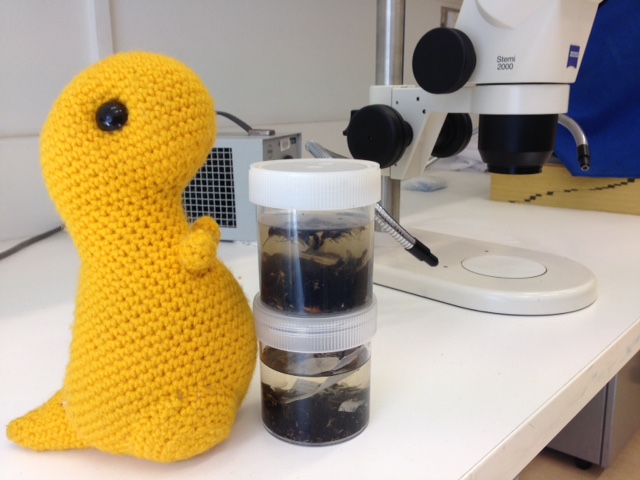
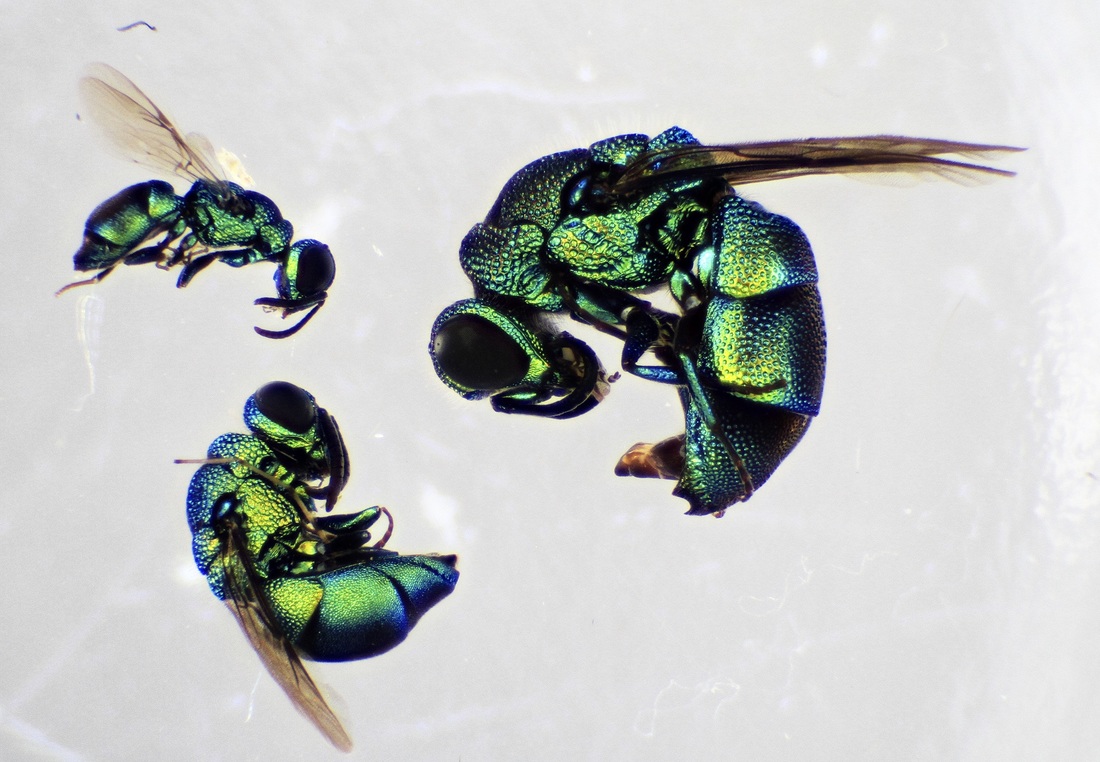
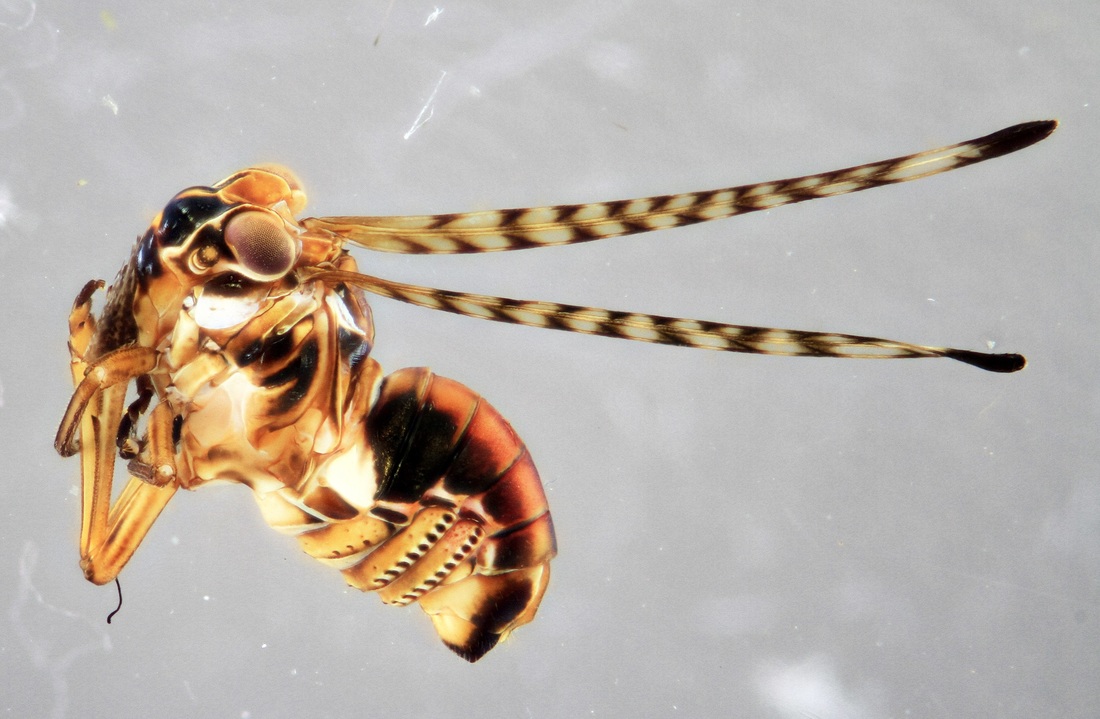
 RSS Feed
RSS Feed
